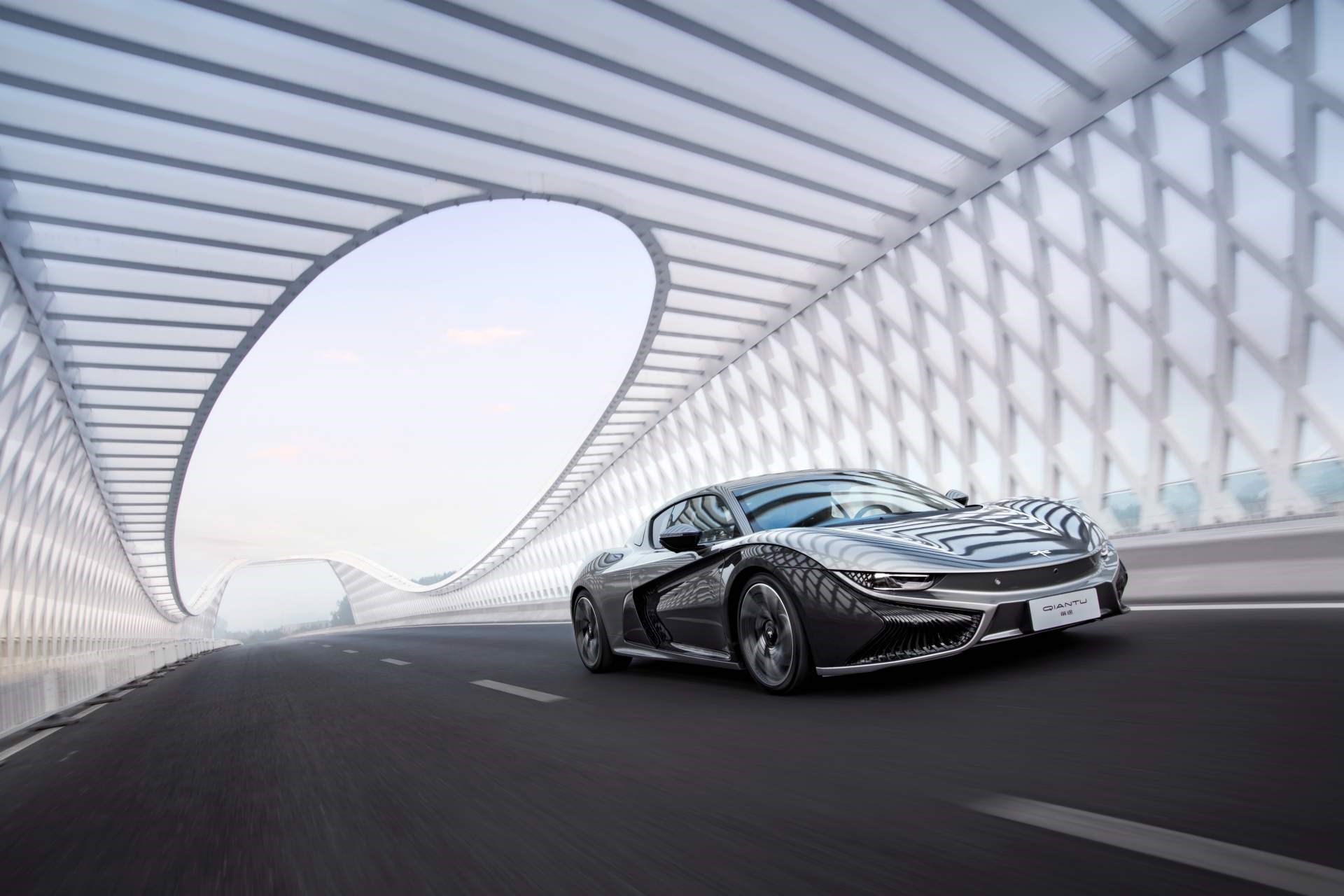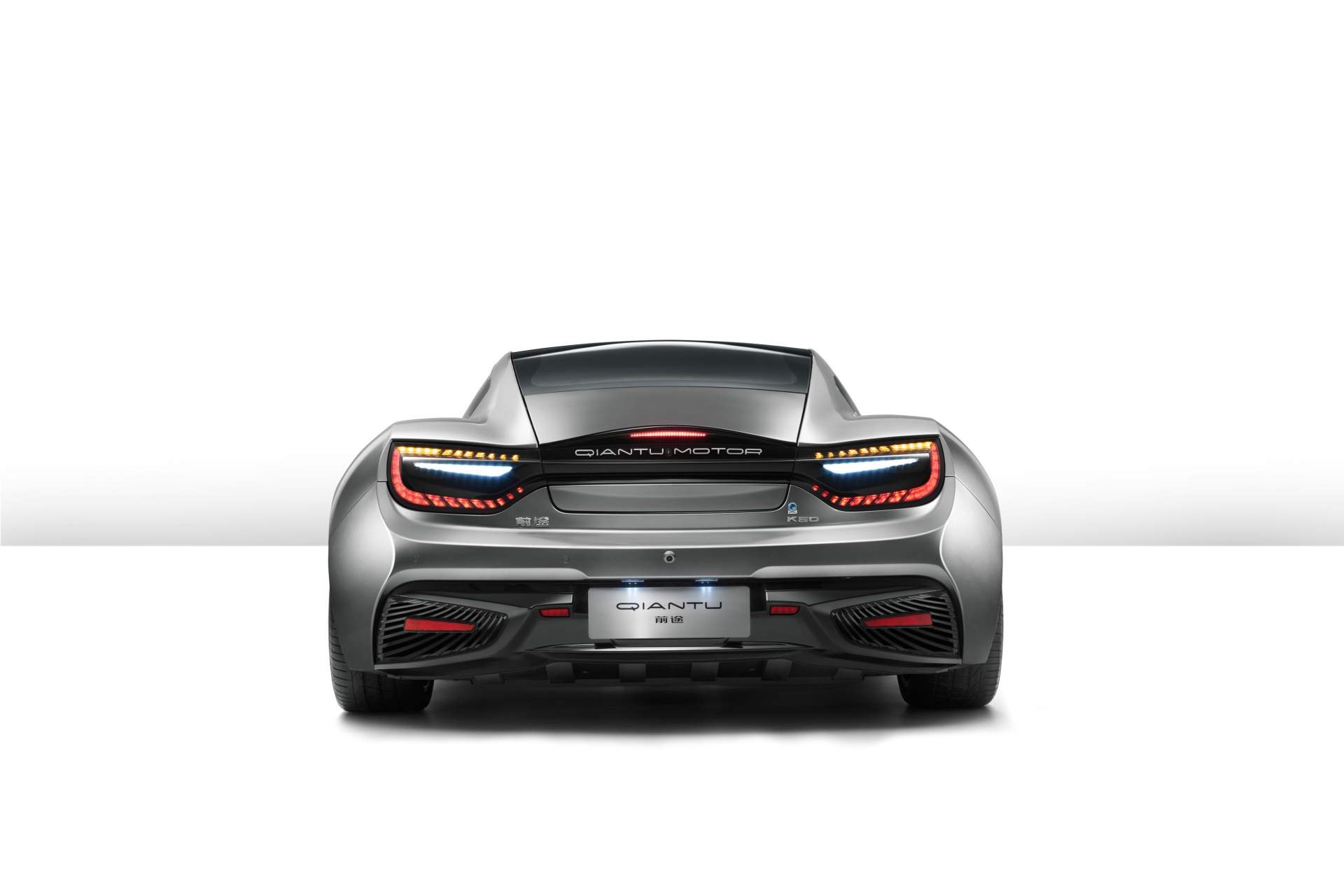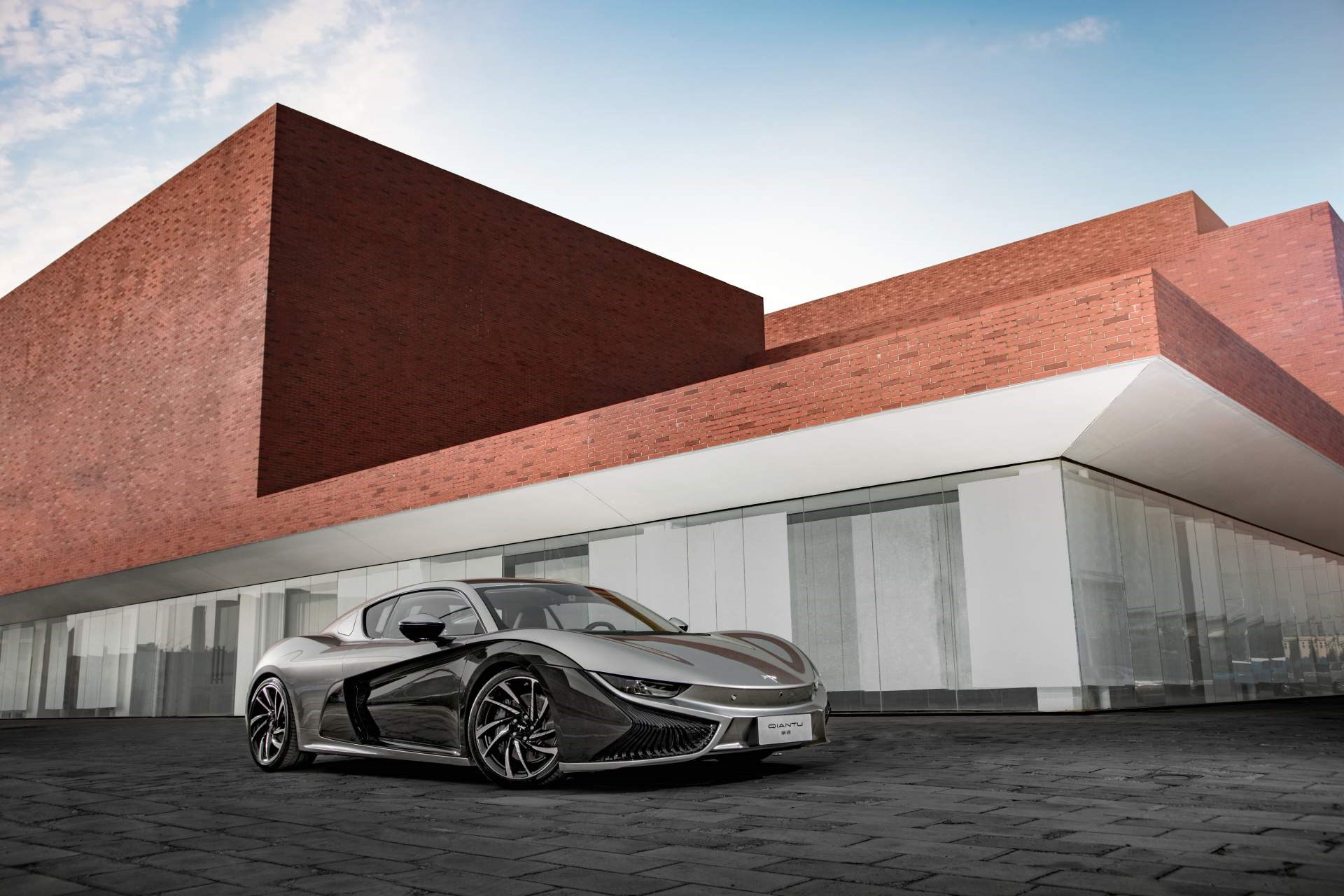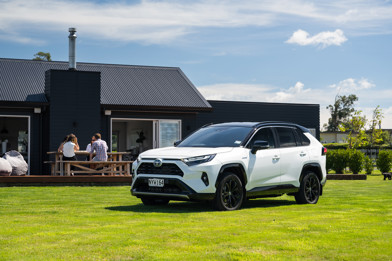By now the growth and importance of the Chinese motoring market — both as a producer of cars and as a consumer of cars — cannot be ignored by Western markets like ours. Hell, just last week MG re-launched to New Zealand with a range of sharply priced vehicles.
As the growing sector pushes harder to gain legitimacy off-shore, more ambitious products are finding their way to production. And among them is this two-seat sports car; the Qiantu K50.

The interesting looking coupe is a combined effort from Qiantu Motors and California company Mullen Technologies. The latter has confirmed that the K50 will make its public debut at the New York Auto Show in April, ahead of a plan to produce the car in the United States.
The K50 features an all-aluminium frame and carbon-fibre panelling, which supposedly help it achieve a claimed outright 'body-in-weight' of just 234kg. Mullen Technologies say that the 29 carbon-fibre panels weigh a total of 47kg.
Looks are a subjective thing, but in press imagery the Qiantu doesn't look half bad. Being electric, there's no central primary grill. Instead there's a pair of flowing vents under each headlight. Similarly styled vents appear on the rear, underneath a pair of weirdly attractive split-colour LED taillights. It's a curious car overall, and one we'd have to see in the flesh to give a yay or a nay over.
The cabin is punctuated by an enormous 15.6-inch tablet infotainment screen that features 4G and WiFi connectivity. Combined with leather and cloth bucket seats, leather accents on the centre console and steering wheel, suede inserts on the door-cards and roof-liner, and gloss black absolutely everywhere — it's an interior that looks likely to push that 234kg weight out by quite some margin.
But of course the most interesting point of the Qiantu K50 is the powertrain.

It utilises a twin-motor set-up, with one hooked up to each axle; making this an all-wheel drive sports car. Central to those motors is a 78kWh battery pack, which is said to be good for a 380km range on a single charge.
Combined output is listed at 300kW of power and 680Nm of torque. This helps hurl the K50 to 100km/h at a quick (but not Tesla P100D quick) 4.6 seconds, while top speed sits at 200km/h. That might not exactly set the world on fire, but the instant electric torque combined with the Qiantu's low weight would likely still make it a laugh off the line.
These numbers are supported by super sticky Pirelli P Zero rubber, double-wishbone independent suspension, and Brembo brakes on all four corners.

This is far from the first car from China to take on the electric sports-car and supercar race of course. Most notably NIO's EP9 hypercar snatched (a somewhat contentious) electric car lap record at the Nürburgring Nordschleife in 2017 — a 7min 5.12secs lap quick enough to shame plenty of established supercars.
Pricing for the Qiantu K50 starts at RMB754,300 in China, which equates to $164,000. In its homeland the EV is already up for sale. If Mullen Technologies get their ducks in a row, it will launch 'stateside' in 2020.















